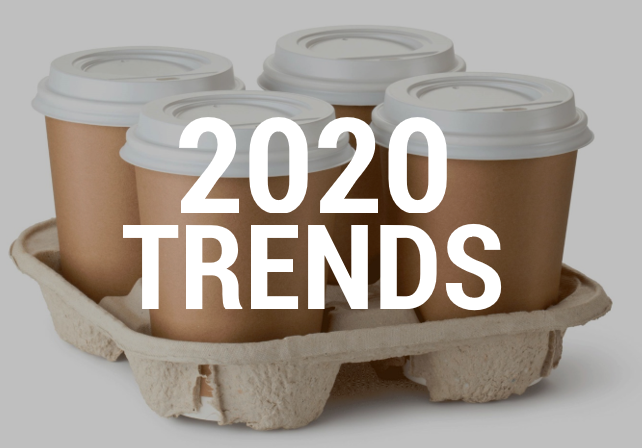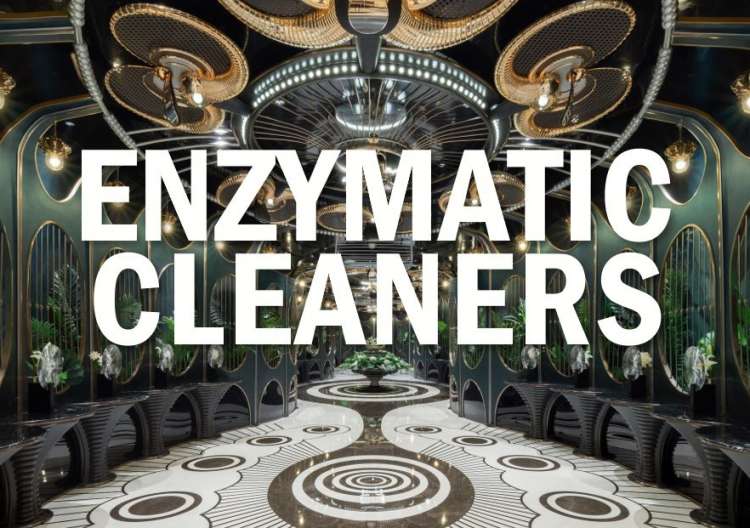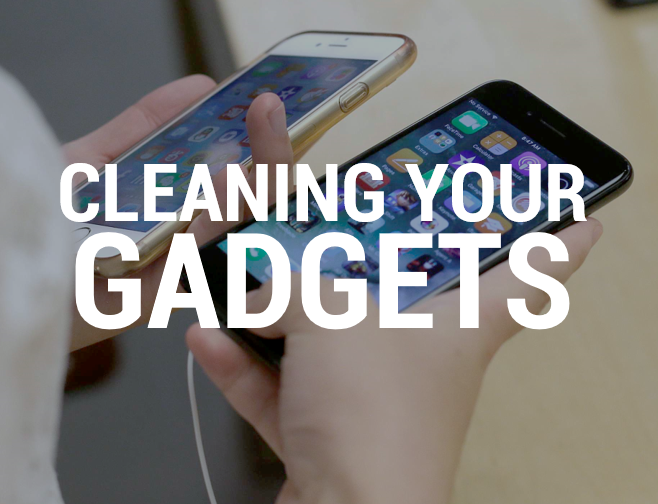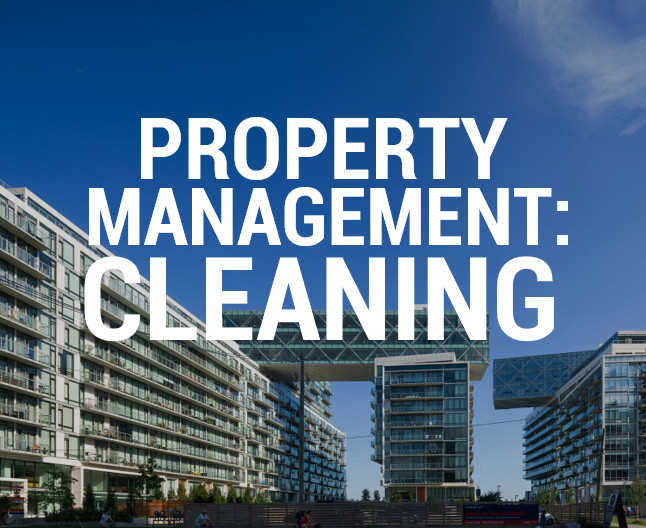Cleaning trends can be more interesting than you think.
It’s the end of the year, which means everyone’s writing their year-end wrapups and thinking about what’s to come in the year ahead. Here at Tennier, we’re no different – but we know that it can be hard to get excited about commercial cleaning supplies. Sure, a new janitorial cart may make a big difference to a person who has to use a janitorial cart every day, or even to facilities managers, but it’s perhaps less significant to the average person.
However.
There are some trends in facilities cleaning that are heating up for 2020 that we think are interesting in a more general way, whether you’re buying cleaning supplies, managing a sanitation team, or responsible for large-scale facilities management.
1. The move to compostable cups.
In the past few years, we’ve seen more and more organizations make the move away from single-use plastic or foam disposable cups to products which are either made from recycled materials or are recyclable themselves. But in 2020 we expect to see a big shift to truly compostable cups, which are made from recycled material but can be disposed of in food waste receptacles. This move seems to be driven by two factors: First, that facilities like retail operations and office space are finding that ‘going green’ and being able to demonstrate it with tactical programs are helping them market their spaces; and second, that more and more employees working in organizations are requesting more environmentally-friendly products and solutions.
2. A continued move to dispenser-based systems.
This year we saw more international hotel chains announce that they’d be moving to dispenser systems for in-room toiletries, and away from providing individual bottes of shampoo, soap and conditioner. We’re already starting to see this trend manifest in all kinds of workplaces as well: Healthcare facilities are installing dispenser systems for hand sanitizer, warehouses are returning to dispenser-based systems for cleaning products, and we’re even seeing requests for things like dish soap dispensers in office kitchens. Again, this is a product both of environmental concerns and employee demands, as well as a recognition that well-managed dispenser systems can in fact be far cheaper than buying individually-packaged products, even large ‘club packs’.
3. Feminine hygiene products being provided in washrooms.
Offices, retail spaces and other facilities have long provided soap, toilet paper, paper towels and air fresheners in bathrooms, but tampons and pads have either been absent or only offered in paid dispensers, even in high-end hotel and spa washrooms that typically offer amenities like hand lotion or hairspray. But these days we’re seeing a huge rise in requests to provide a selection of feminine hygiene products as a standard item in workplace washrooms, and we expect to see that continue to grow exponentially in 2020. Some experts say that this is a result of the #metoo movement, an increase in gender equality in the workplace and a decreased stigmatization of menstruation overall, and it probably is a combination of all these factors.
4. Focus on spill containment.
Environmental awareness and a rise in WSIB fines are driving an increased focus on ensuring that all industrial and commercial facilities have adequate spill containment materials and equipment and that employees are familiar with spill containment procedures. Part of this has stemmed from recent high-profile cases involving poor storage of chemicals leading to costly and dangerous spills, but it’s also a result of the increased focus on risk management across organizations and the knowledge that all their hard work around environmental improvements could be wiped out by a poorly-managed spill.
5. Cleaning with soda water.
Cleaning with carbonated water has long been popular for homes, where people are increasingly looking for environmentally-friendly alternatives to bleach or ammonia. However, we expect to see an increased interest in chemical-free machine cleaning using carbonated or soda water for retail and office facilities in 2020. Again, this is largely driven by environmental concerns, but also the recognition that using fewer chemicals means that surfaces like carpets, marble and wood will last longer – and that’s good for the overall maintenance budget.
And yes, we do expect to see more AI this year.
Cleaning bots and AI-based cleaning continues to be a hot topic among cleaning experts and at conferences. However, so far we really haven’t seen it take off in a practical way, other than offices which use automatic carpet vacuums on a haphazard basis. We’ll let you know at the end of 2020 where we’re at, but at this point we don’t expect AI or bots to become a big part of the cleaning strategy in 2020.
Environmental concerns are driving bottom-line thinking.
While most of the trends we expect to see in 2020 are environmentally based, they are also growing because they’re perceived to deliver a benefit to the bottom line, whether in increased marketability or cost savings.
(As always, don’t hesitate to get in touch if you’d like to learn more about your options or how you can be more strategic with your cleaning/janitorial/paper product purchasing.)





